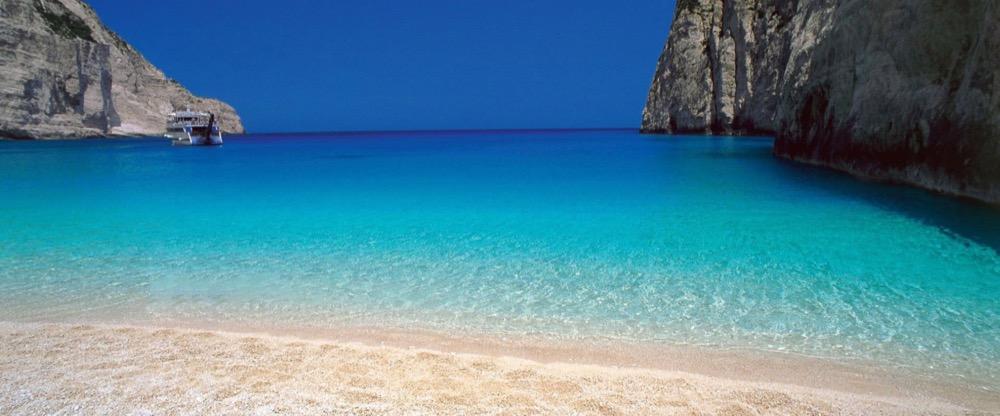
Archaeological Sites

Understand the universal value of these unique architectures and feel lucky to have seen them up close. Do not miss the opportunity. Visit the archeological sites of Lefkada and discover its cultural wealth!
Nirikos: 2 km outside and east of the city of Lefkada, passing through the olive grove, you reach Kalligoni, which has been declared an archaeological site, since the ancient city of Lefkada, Nirikos, was located there. It extends to the areas of Tsechlibous, Kalligoni, Karyoton, Lygia, Lefkada Municipality and includes the ruins of the walled settlement of Ancient Lefkada, dating from the archaic to Roman years, the 2 cemeteries of the ancient city, monuments and scattered, scattered farmhouses and port facilities which are an integral part of the protected monumental ensemble of the ancient city that was abandoned around 1300.
The castle of Agia Mavra: is located at the entrance of the island and is one of the most imposing medieval buildings in Greece. It is a prototype of fortification art, it is built on the peninsula located between Lefkada and Acarnania, it has an area of about 25,000 sq.m. and has the richest war history, in relation to the other fortresses of the Ionian Islands, as it was besieged a total of 12 times, in the 7 centuries of its existence.
Nidri: The plain of Nydri, from the foot of Mount Skaros to the place Magemenos of Nikiana has been declared an archeological site. It includes the tombs of the Early Helladic period at Steno, coffin-shaped tombs and tiled roofs and remains of buildings, throughout the plain of Nydri, at the foot of Skaros and Mount Amali, as well as in the areas of Paliokatounas, Peroligi and Koloni. Also above the village of Poros, there are the ruins of a tower, which was probably a farmhouse, as well as the remains of an ancient olive mill, from the 4th BC. about a century, according to archaeologists, and were found in excavations made by the German archaeologist W. Dorpfeld and date from prehistoric to Roman times. Dorpfeld - the inspirer of the theory that Lefkada is Homeric Ithaca and that Odysseus's palace was located in Nydri - loved the island so much that he wanted to be buried here. His tomb is located at the top of the hill at the edge of the Vlychos peninsula, above the picturesque church of Agia Kyriaki.
Basilica: This area has been inhabited since very early, as shown by findings of the Paleolithic and Neolithic Period (3,500 BC), discovered by Dorpfeld excavations in the "Pig" of Evgiros and which are now on display in the Archaeological Museum of Lefkada. In the valley of Vasiliki, the Archaeological Service has located scattered ancient building remains belonging to an ancient city and in the places Marmara, Pyrgi and Klismatia of Marantochori, remains of ancient towers.
At Cape Dukato or Lefkata, there are building remains and architectural members of the temple of Apollo Lefkata which was famous throughout the ancient world. Every year there were pan-Hellenic celebrations in honor of the god Apollo, who was the patron saint of sailors and a doctor of body and soul. That is why the ancients believed that by jumping from these rocks, the soul was freed from the weight of passions and atoned for by sins. In this space, the legend wants the ancient poet Sappho to end her life in despair from the passion of love.






 Font Size
Font Size Increase
Increase  Decrease
Decrease  Background
Background Shades of Gray
Shades of Gray  High contrast
High contrast  Negative contrast
Negative contrast  Light background
Light background  Underline links
Underline links  Alternative Font
Alternative Font  Reset
Reset